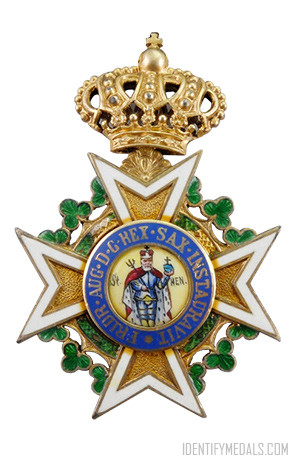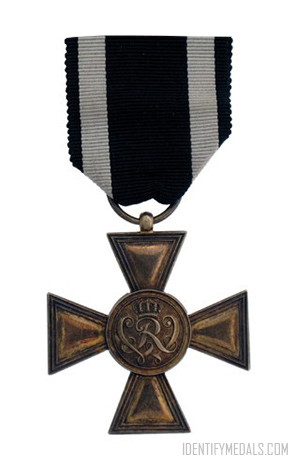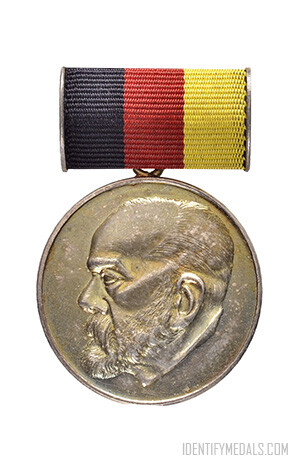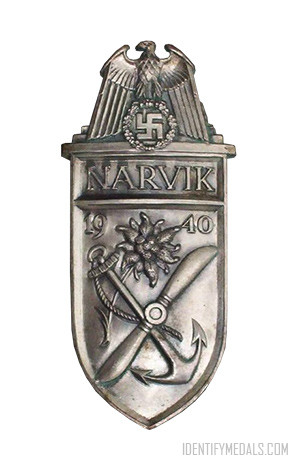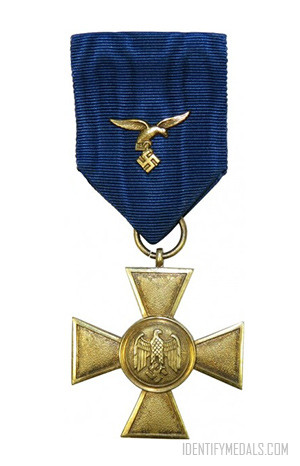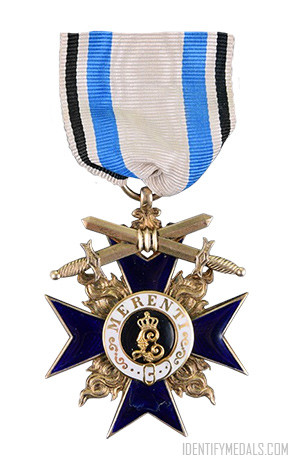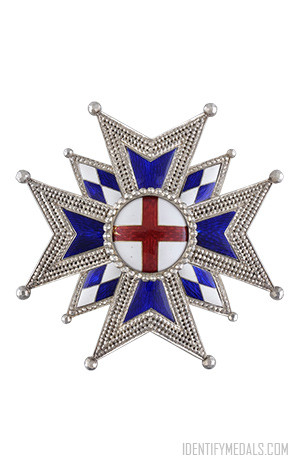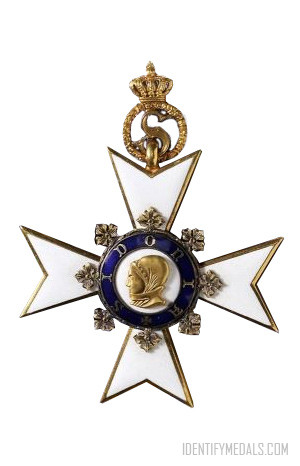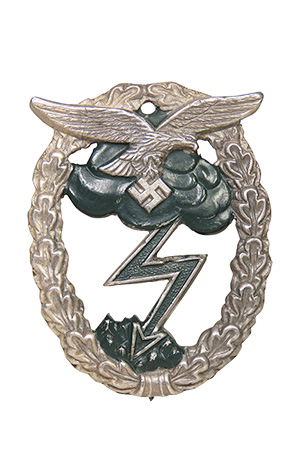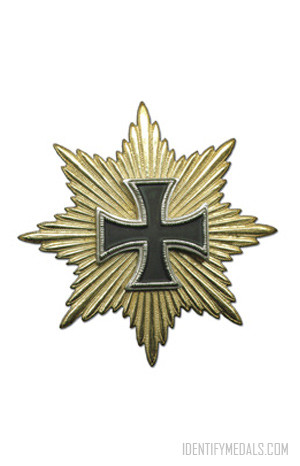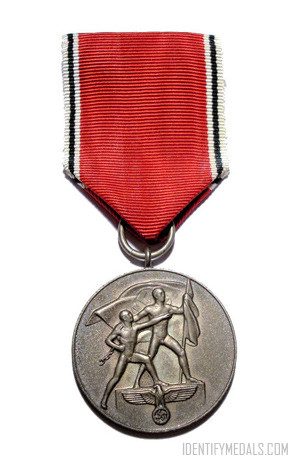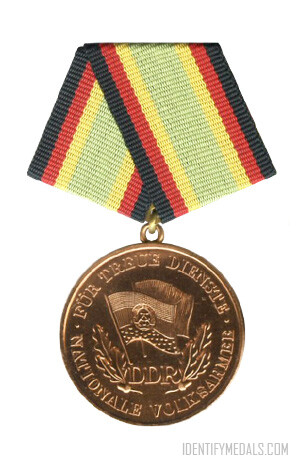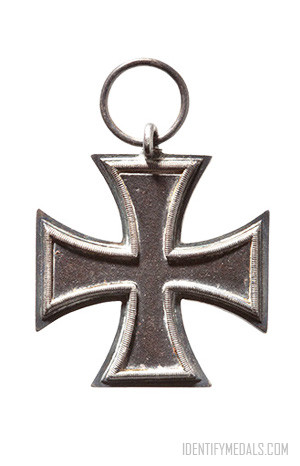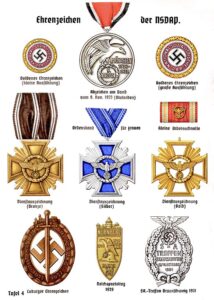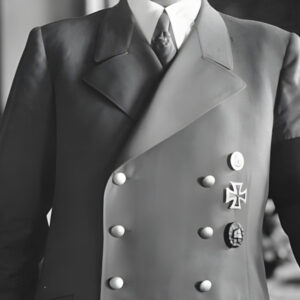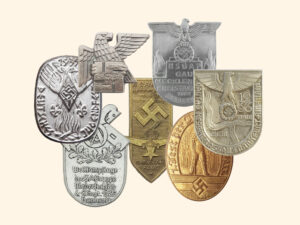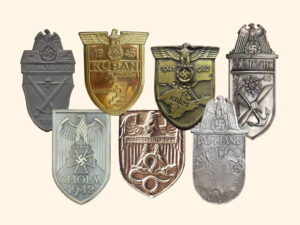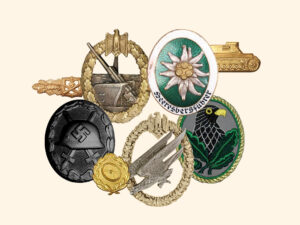- Time Period: Pre-WW1
- Institution: October 7, 1736
- Country: Germany (Kingdom of Saxony)
It was founded on October 7, 1736 by Augustus III, King of Poland and Elector of Saxony. The order underwent several more revisions over the course of the 19th and early 20th centuries, and became obsolete with the fall of the Saxon monarchy in the wake of Germany’s defeat in World War I.
The order came in four classes: Grand Cross (Großkreuz), Commander’s Cross 1st Class (Kommandeurkreuz I. Klasse), Commander’s Cross 2nd Class (Kommandeurkreuz II. Klasse) or sometimes just Commander, and Knight’s Cross (Ritterkreuz). Generally, the rank of the recipient determined which grade he would receive.
The Military Order of St. Henry Design
The badge of the Order of St. Henry is a gold Maltese cross with white enameled edges.
Around the center medallion in the obverse there is a blue-enameled gold ring bearing on the obverse the words “FRIDR AUG D G REX SAX INSTAURAVIT“. The reverse shows the motto “VIRTUTI IN BELLO” (“Bravery in War”). On the obverse, the medallion is yellow-enameled with a painted portrait of St. Henry, the last Saxon Holy Roman Emperor. On the reverse, the medallion bore the Saxon coat of arms (alternating horizontal black and gold stripes with a diagonal rue crown).
Between the arms of the cross were green-enameled rue crowns, a symbol of Saxony. The badge was suspended from a royal crown.
The star of the order is a silver eight-pointed star featuring a larger version of the medallion with St. Henry of the obverse of the cross, but with the text of the ring of the reverse.
The ribbon of the order is light blue with yellow stripes near each edge.

